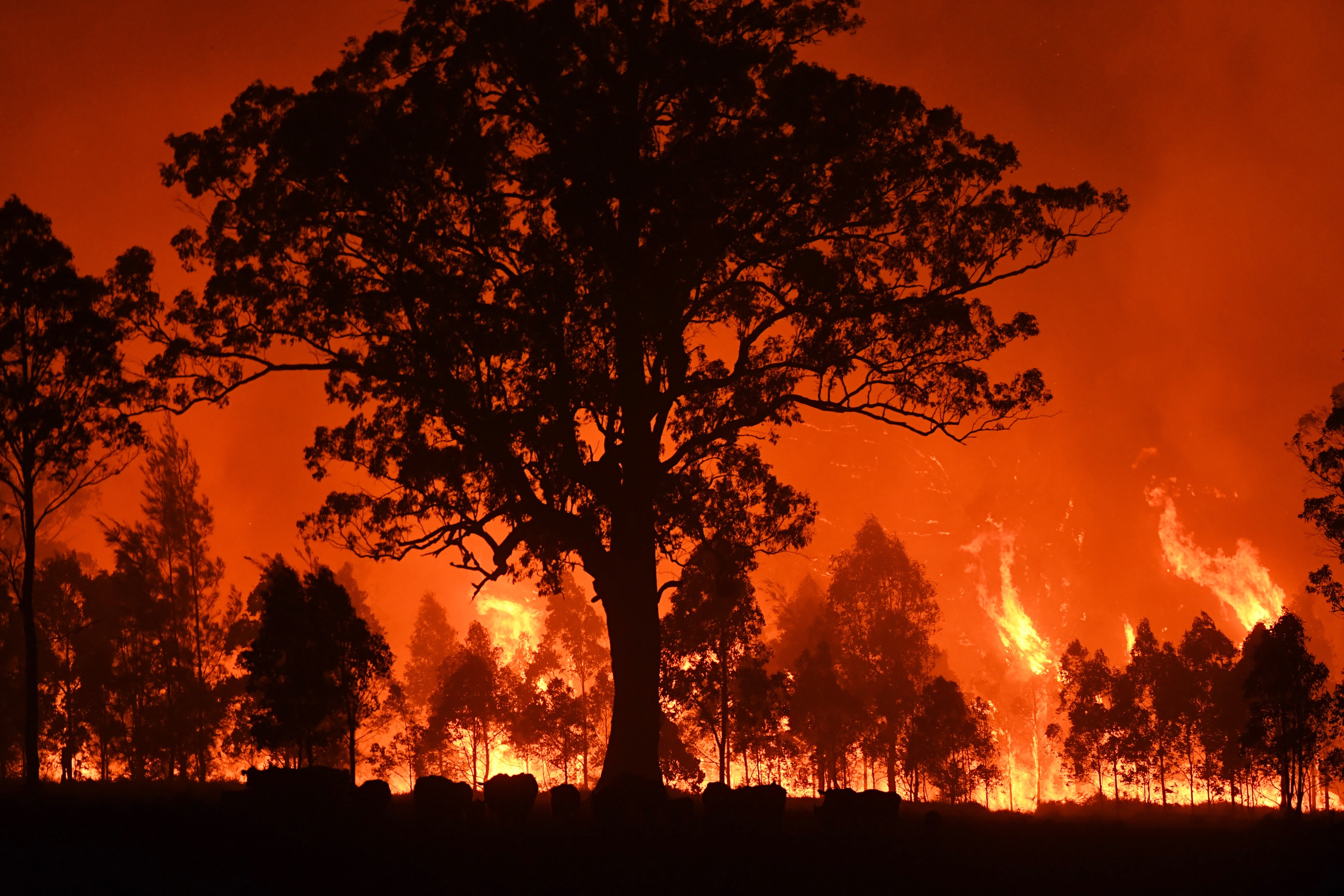Ensuring Bush Fire Defense Via Appropriate BAL Record Evaluation
In the realm of bush fire protection, the careful analysis of Bushfire Strike Level (BAL) records stands as a cornerstone for safeguarding properties against the disastrous impact of wildfires. With environmental factors and home attributes playing significant functions in establishing the level of risk, a comprehensive understanding of BAL scores becomes crucial. The real significance exists not just in comprehending these reports but in decoding them properly to formulate tailored fire defense strategies. By diving right into the value of BAL report analysis, we reveal a realm where educated decisions pave the path towards strengthening residential or commercial property safety and durability in fire-prone regions.
Understanding Bushfire Assault Level (BAL)
In the realm of bushfire defense, comprehending the Bushfire Assault Degree (BAL) is vital for guaranteeing efficient mitigation methods. Understanding the BAL score of a residential or commercial property is vital for property contractors, policymakers, and proprietors to carry out suitable steps to guard against bushfire threats.

Relevance of BAL Report Analysis
An essential aspect in bushfire protection planning involves the complete analysis of BAL records to assess the prospective dangers and determine appropriate reduction strategies. BAL records offer critical info about the prospective influence of bushfires on a residential or commercial property based upon various variables such as plant life type, distance to prospective fire hazards, and slope of the land. Assessing these records with accuracy is extremely important in establishing effective bushfire security actions customized to the particular risk account of a residential or commercial property.
Implementing Fire Defense Procedures
Applying effective fire protection steps is critical for protecting homes in bushfire-prone areas. Among the main means to boost fire security is by creating defensible space around structures. This includes clearing up combustible vegetation, such as completely dry fallen leaves and branches, within a particular radius of the building. Additionally, installing fire-resistant roofing products can assist minimize the threat of embers igniting the roofing during a bushfire. Appropriately preserved gutters and displays are additionally vital to prevent particles accumulation that could sustain a fire.
Moreover, having a well-kept and sufficient water supply, such as a tank or swimming pool, can aid firemans in their efforts to safeguard the property. BAL Report. Overall, carrying out a mix of these fire security measures can substantially enhance the opportunities of securing homes throughout bushfire occasions.
Mitigating Dangers in Fire-Prone Areas
To strengthen residential properties versus bushfire dangers, a calculated emphasis on mitigating risks in fire-prone areas is vital. One vital element of threat reduction is keeping defensible room around residential or commercial properties by clearing flammable vegetation, making sure ample spacing between trees and frameworks, and employing fire-resistant landscaping techniques.
Moreover, building or retrofitting structures with fire-resistant materials and ensuring appropriate maintenance of roof coverings, gutters, and external cladding can dramatically enhance the property's durability to bushfires. Practicing a bushfire and establishing emergency situation strategy with all owners, consisting of evacuation procedures and interaction strategies, is additionally important in mitigating risks effectively. By adopting a proactive technique more helpful hints to risk mitigation in fire-prone areas, homeowner can much better safeguard their possessions and improve total bushfire readiness.
Ensuring Property Safety and Strength
Making sure the safety and security and strength of properties in fire-prone areas requires an unwavering commitment to durable preventative measures and tactical planning. Property security begins with implementing reliable procedures to minimize fire risks.
Strength, on the other hand, includes the capacity of a residential or commercial property to hold up against and recuperate from a bushfire. This can be enhanced via the installation of coal guards on vents and home windows, ensuring that entrance points for embers are minimized. In addition, having a well-balanced evacuation plan and exercising it on a regular basis can considerably increase residential property resilience. Working together with next-door neighbors and local fire authorities can likewise boost the safety and security and strength of residential or commercial properties in fire-prone areas. By proactively attending to these facets, homeowner can better safeguard their possessions and loved ones from the threat of bushfires.
Verdict
In final thought, ensuring bushfire protection through correct BAL record analysis is essential for comprehending the degree of threat positioned by bushfires and applying needed learn this here now fire defense measures. By mitigating risks in fire-prone areas and making certain residential property safety and resilience, individuals and neighborhoods can better prepare for and react to bushfire occasions. It More about the author is essential to prioritize fire precaution to safeguard lives and residential or commercial property in these risky settings.
In the world of bush fire protection, the careful evaluation of Bushfire Strike Level (BAL) reports stands as a cornerstone for protecting buildings against the terrible influence of wildfires (BAL Report). Comprehending the BAL rating of a residential or commercial property is vital for property proprietors, home builders, and policymakers to carry out appropriate actions to protect against bushfire risks

BAL records supply vital info regarding the possible impact of bushfires on a property based on various elements such as plant life type, distance to prospective fire hazards, and slope of the land (BAL Report). On the whole, implementing a mix of these fire security steps can considerably boost the chances of securing homes throughout bushfire events